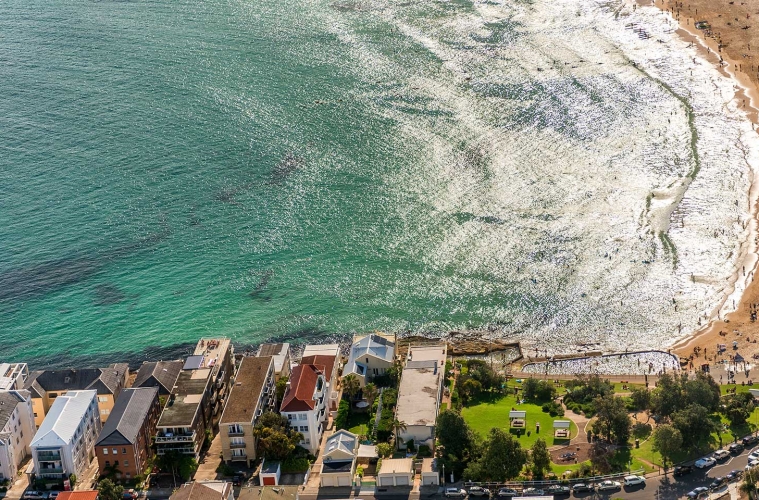It’s easy to see why Australia is one of the top destinations for British expats and why so many people are lured by life Down Under. But for those thinking about making the move, it’s important not to get wrong-footed by the practicalities of settling in your adopted country – it’s not all that easy, or cheap, to head back to Blightly if you find you turn up missing one of life’s essentials.
The impact of Covid-19 can be seen in the Australian property market with house prices falling around 2% over the three months to July 2020 . This could make it a good time to snap up a bargain or it may put an expensive area within your budget. Just remember, prices could fall further.
| Send money abroad with WorldFirst’s award-winning service. Up to 85% lower than High Street banks. | |
|---|---|
| Find out more |
First things first…where do you want to live?
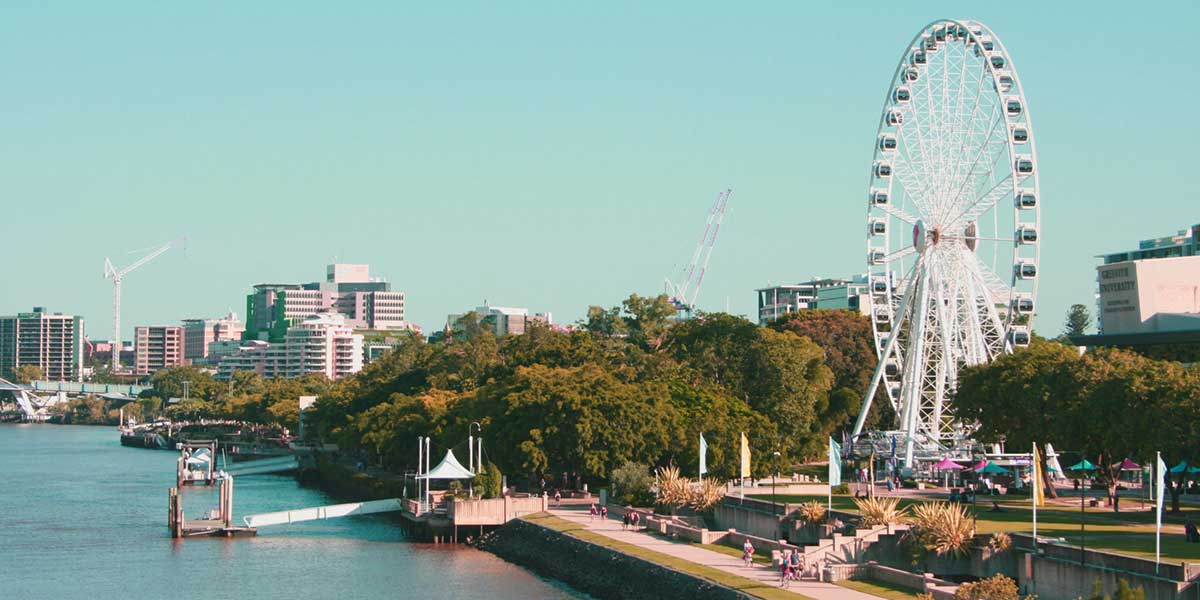
Choosing where to live is a decision for both heart and head. So which Oz destination might suit your lifestyle whilst also serving your career prospects?
- Sydney, New South Wales. Bondi Beach, the Opera House, The Harbour Bridge – Sydney has more than its fair share of iconic destinations. But it’s also overcrowded and hectic with a high cost of living. Big city-lovers of all stripes flock to Sydney, but it’s a particular hub for IT, finance and construction. Traffic is often horrendous, so use an Opal Card to get around using the very comprehensive public transport system.
- Melbourne, Victoria. Australia’s charming second city is less expensive than Sydney but still pricey. Major employers include finance, insurance, property and manufacturing. While Melbourne is top-notch for culture, it also has a world-class coffee scene. Outdoorsy types be aware: the weather is famous for its ‘four seasons in one day’ changeability. Built on a grid system, the city is easiest to navigate by tram.
- Brisbane, Queensland. For basking in subtropical heat, Queensland’s surfing capital is your best bet. There’s no real winter and you’re less than an hour’s drive from Australia’s most popular ocean resort cities. With all that sun it’s a tourist hotspot – great if you work in the tourism sector, but the extra visitors may be a turn off if you don’t. The cost of living is cheaper than in Sydney or Melbourne, but it’s not really a destination for culture-vultures.
- Perth, Western Australia. Relaxed and friendly, Perth is also Australia’s sunniest city. The mining industry and related support services are booming. It can feel isolated from the rest of the country – because it is – which also makes some goods and services more expensive.
- Wodonga, Victoria. Because the big city life isn’t for everyone. With around 100,000 inhabitants, Wodonga has a warm community feel and nestles in a landscape of lush green hills near the Murray River. Naturally, you’ll need a car.
Before you even get on the plane…
Set up a meeting with a specialist migrant banker. The legalities around buying a property in Australia using money from UK-held equity are a headache, so getting an Australian lender is the most straightforward way to secure a mortgage.
Do your homework on property prices so you don’t get any unpleasant surprises when you start pounding the pavements Down Under. Shortlist the suburbs that are affordable in your chosen region and go online to get a feel for what might comprise a decent deal.
If circumstances dictate that you need to walk straight into your own place soon after arrival, consider a buyer’s agent. Their mission is to get you a good deal on a matching property for either a fixed fee or a percentage of the purchase price. Choose wisely: your future is in their hands.
Start with a list
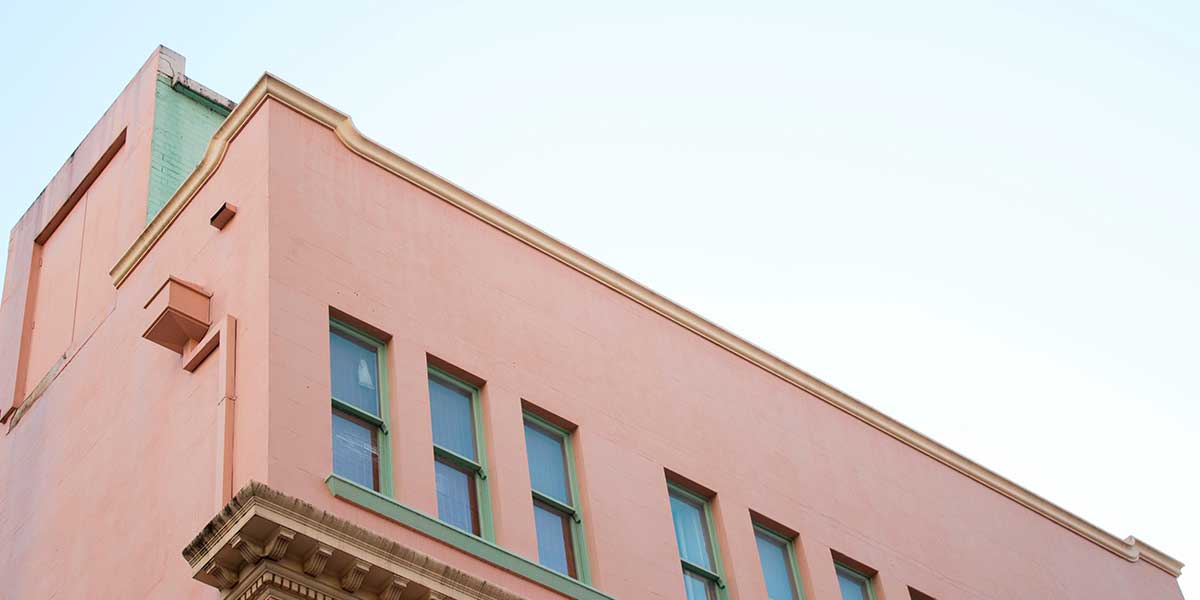
Most of us have a fantasy home in our heads, but it will save time if you’re realistic before your property hunt begins. Make a list of which features are essential and which are desirable, so you can immediately exclude a property missing an essential whilst keeping a hopeful eye out for ones with a clutch of desirables. Your essentials should include the minimum number of bedrooms, parking or access to transport, as well as a maximum price of course. Garden space may or may not be essential depending on your lifestyle.
Unless you have an enviably elastic budget, you will need to balance where you want to live against how you want to live. For those keen on inner-city Melbourne or Sydney, prices for even a modest apartment are eye-watering, especially one with a water view. Houses get more affordable the further inland you go: west for Sydney, north in Melbourne. For urbanites wanting a roomier detached property with a garden yet still near a city, Brisbane and particularly Perth have miles of suburban sprawl. If you want a beach lifestyle on a reasonable budget, Queensland’s Gold Coast has high rises and townhouse developments.
If you’re a permanent resident – or a joint applicant one – you could be eligible for the First Home Owner Grant when buying your first home in Australia. This may also include concessions on stamp duty.
The pick of property portals
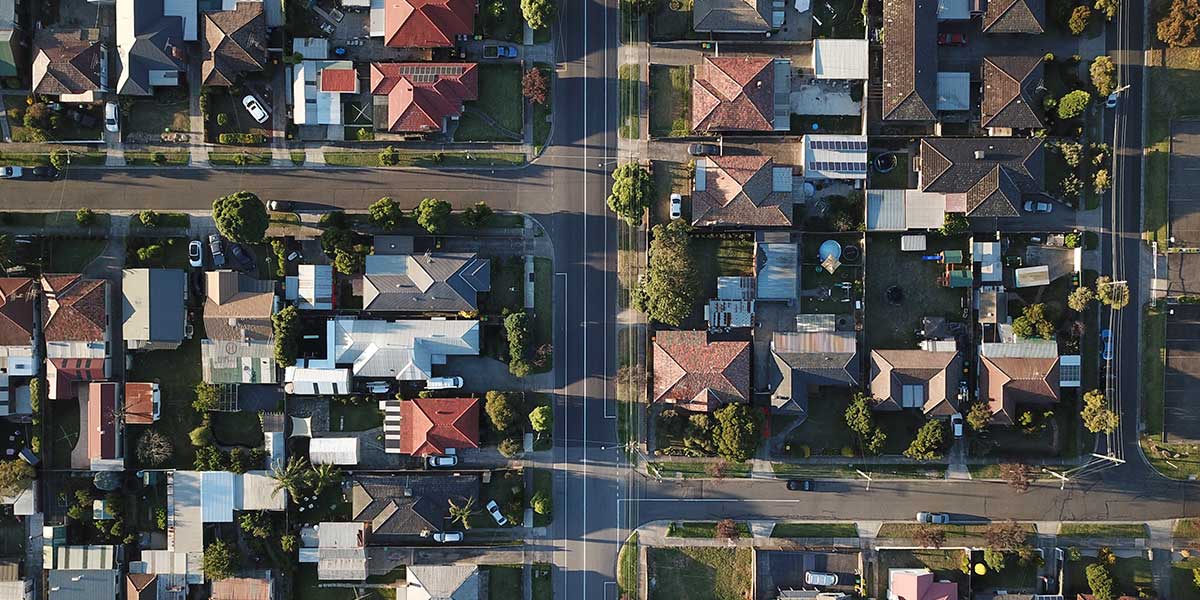
It’s a smart idea to spend several weeks browsing property portals online before you arrive Down Under. Rather than combing the websites of individual real estate agencies, such portals give a better overview because they include properties listed with multiple agents. Here are our top five property portals in Australia:
- www.realestate.com.au/buy
- https://www.domain.com.au/
- https://www.realestateview.com.au/
- https://www.homehound.com.au/
- https://homesales.com.au/
Once you’re on the ground however, do your best to charm the local agents. If they know what sort of property you’re after, they can contact you when a suitable place comes on the market – even before the ads go up if you’re lucky. Weekend afternoons are good for open houses in which either the owner or their agents will be on hand to answer your questions after the viewing.
The Buying Process in Five Steps
So when all that legwork pays off and you find a nice property within your budget, what happens next? Australian properties, as a rule of thumb, usually sell for 5-10% less than the advertised price, so factor that in when making your offer. At the conclusion of the negotiation process, if the seller accepts your offer, there are still a number of financial and bureaucratic hurdles to clear before you can move in.
1. FIRB
Non-residents need Foreign Investment Review Board (FIRB) approval to buy a property unless you’re married to an Australian or hold a permanent resident visa or special category visa. The majority of applications are successful and normally take within 30 days.
The fee is AU$5800 for a property under AU$1m. Your application will need to specify the property you wish to buy and FIRB approval will be included as a condition in the house sale contract. Some new-build or rural homes do not require FIRB approval but your solicitor can advise on these exemptions. Find out more about the FIRB application process.
2. Exchanging contracts
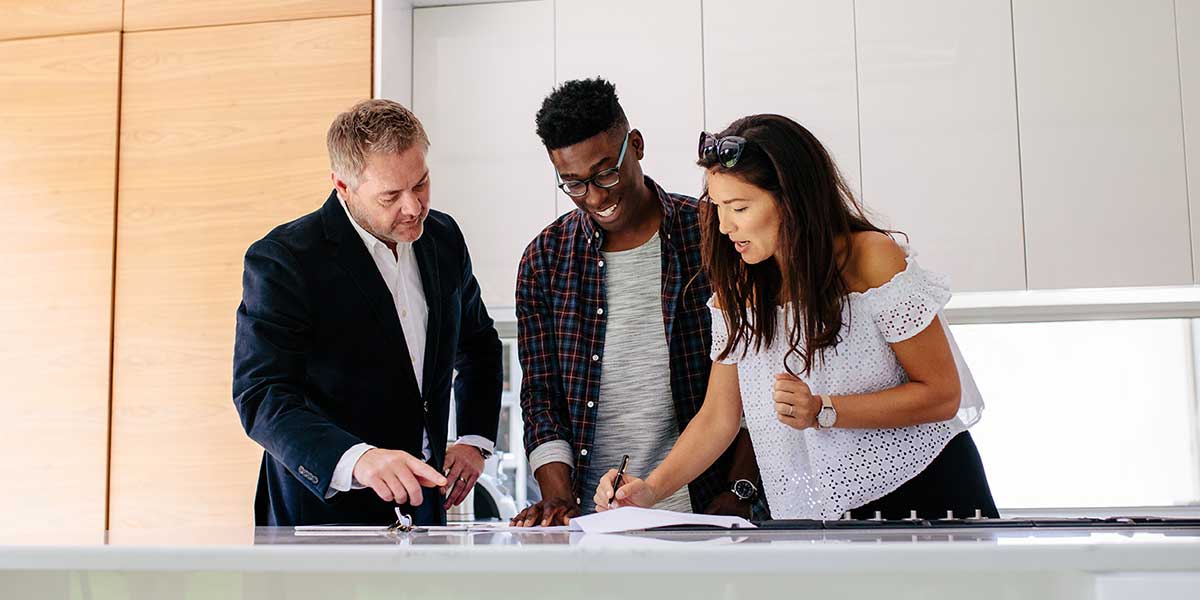
Once you’ve made your offer and it’s been accepted, the process usually moves fast in Oz. Your solicitor will draw up the contract of sale which differs from state to state. Some contracts include a cooling-off period, which can be negotiated or even removed all together. They usually also include paying 10% of the price of the property but this too can be negotiated. Presuming everything looks good after your solicitor runs a property search and checks the title deeds, completion occurs around six weeks later.
3. Securing your mortgage and deposit
To ease the home loan process, take a copy of your credit history and even a letter from your bank manager to Australia. A decent credit rating may not necessarily suffice. Otherwise, the process is pretty similar to the UK.
The type of mortgage you’re offered will depend on your credit history, the property itself and the size of the deposit you can swing up front. Self-certification mortgages are unknown in Australia so your application will need to be supported by proof of income. An 80% loan-to-value arrangement is common if you’re a temporary resident, but it depends whether you choose to offset your repayments against your savings or current bank account.
After your mortgage provider receives a copy of the house sale contract, you will typically get confirmation of mortgage approval in around a week. The deposit is now due. If you are transferring a lump sum from the UK, use a currency specialist like WorldFirst for a better exchange rate than you’d get from a bank.
4. Fees and charges
It won’t come as a surprise that other taxes and charges need to be factored into a property purchase in Australia. Generally speaking, the red tape will total around 5% of the purchase price of your property. Costs include:
- Legal fees (usually between AUS$800 to AUS$2000)
- Loan fees including application fee and mortgage insurance
- Land transfer registration fee
- Stamp duty
- Foreign citizen stamp duty
- FIRB approval fees
- Property inspection survey
- Home insurance
- The cost associated with sending your funds abroad
Depending on the property, some states may require a termite and pest inspection. If you are buying an apartment in a block, it may be wise to book an inspection of the building as a whole to determine if there have been any structural problems or administration issues.
5. Move in!
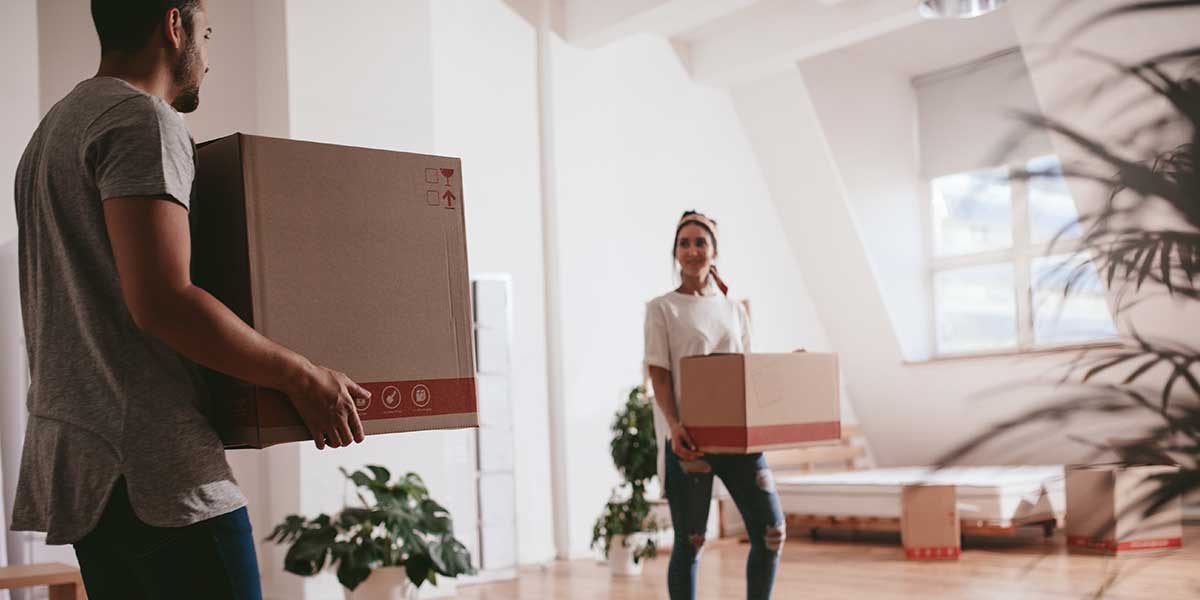
All the stress is finally over. At long last, it’s time to pick up your keys from the estate agent and crack open a bottle of bubbly to celebrate moving into your new home!
Still need more information? Read our house buyer’s guide to Australia series for some more useful insights into buying the home of your dreams in Australia.
| Speak with our friendly staff to see how you can save on the international funds transfer costs associated with your property purchase or sale | |
|---|---|
| Contact us via phone, email, or live chat |


